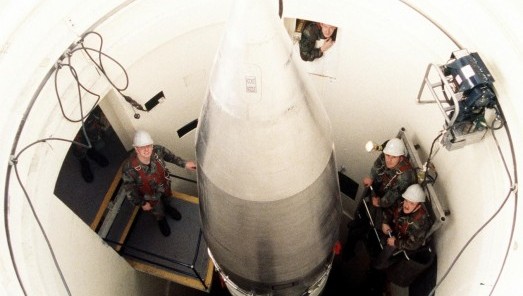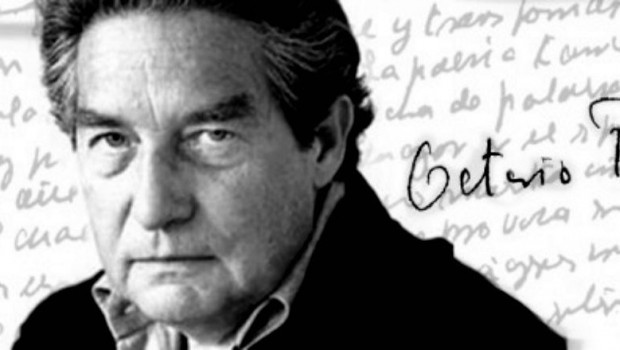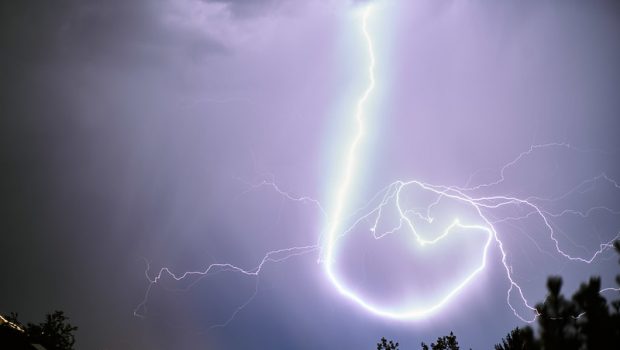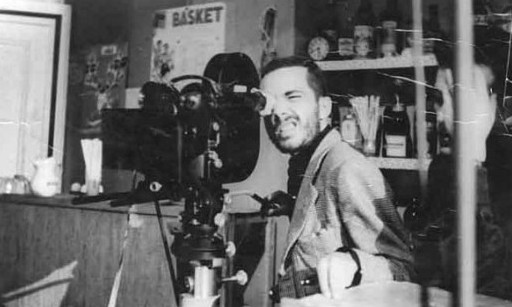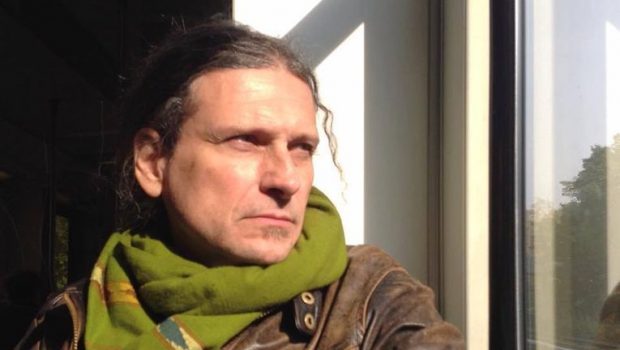Mexico City: The End is Near
Tanya Huntington
Years ago, my fiancé from Mexico accompanied me on a road trip to explore my remote origins in the heartland of the United States. As we drove along the interstate, I pointed out a silo that housed a Minuteman nuclear missile. I can still recall his astonished reaction: “You mean they really exist?”
How I envied him and all others who were raised in innocence beyond the paranoid confines of the Cold War, a geopolitical nightmare in which most of us felt certain that thermonuclear apocalypse would come sooner rather than later. Because yes, they really do exist. Indeed, the atomic bomb existed even before it came into being as a term presciently coined by H. G. Wells, one of the founding fathers of science fiction, in his novel The World Set Free, published in 1914:
Never before in the history of warfare had there been a continuing explosive; indeed, up to the middle of the twentieth century the only explosives known were combustibles whose explosiveness was due entirely to their instantaneousness; and these atomic bombs which science burst upon the world that night were strange even to the men who used them.
Wells creates a terrifying context in which “a man could carry about in a handbag an amount of latent energy sufficient to wreck half a city.” Uncanny—I sometimes wonder if he might not have actually invented the time machine.
As someone born among the nuclear silos of South Dakota and raised near ground zero in Washington, DC, when I moved to Mexico City in the 1990s it was a relief at first to think that at least here, there would never be a Day After.
Of course, I would learn soon enough that the concept of the end of the world is by no means foreign to Mexican culture. Long before Catholicism brought Saint John’s Apocalypse into the mix, pre-Colombian societies were resigned to the fact that eras would come to an end whenever different calendars coincided on certain dates. These chronological cycles, based on planetary orbits or religious celebrations, were of the utmost importance in pre-Hispanic society and thought.
Living here has given me the opportunity to examine this extinct worldview more closely. In one chapter of a book regarding architectural development on the central high plains of Mexico I translated into English several years ago for the Instituto Nacional de Antropología e Historia, María Teresa Uriarte ponders the mysterious fact that all major pre-Colombian urban centers were abandoned at some point. She proposes that these cities of legendary pyramids may have been vacated not as a result of civil war, famine, alien invasion, or other motives that tend to come up when we consider the so-called “disappearance” of pre-Colombian cultures, but rather for reasons connected to specific dates that marked the end of different eras: inexorably, the day would come when one civilization had to be abandoned and another, built from scratch. Uriarte refers specifically to an image from the Boturini Codex in which weeping pilgrims are commanded by the god Huitzilopotchli to leave Aztlán. What if Aztlán was not on the verge of oblivion, she speculates, but at its peak when religiosity caused everyone to depart in tears? And what if other legendary centers, like Teotihuacán or Tikal, were also abandoned for purely ideological reasons? Her implication is astounding: rather than accepting that Mesoamerican cultures produced astrological justifications for debacles such as drought or civil war a posteriori, Uriarte suggests that these apocalypses may never have taken place. Perhaps these cultures did not reconstruct divine intervention after the fact to explain the collapse of their civilizations, but rather abandoned their own civilizations before they had a chance to collapse.
According to Aztec mythology, these same weeping pilgrims eventually came across a sign that marked the origin of their new promised land: an eagle perched on a cactus, devouring a serpent. There they would found Tenochtitlán, now Mexico City, described by Spanish conquistador Bernal Díaz del Castillo in his timeless memoir The True History of the Conquest of New Spain as more densely populated and more splendid than the European capitals he and his companions had known.
Today, millions dwell in the only pre-Colombian capital to have been continuously inhabited since before the Conquest. The end of our world has not yet arrived, although we tend to suspect that it is lurking right around the corner. Potential scenarios for our imminent demise are many, ranging from the fictionally absurd (zombies) to the all too real (drought). From my immigrant’s perspective, I remain thankful that neither nuclear warfare nor the divine rule of Huitzilopochtli are among them.
 Tanya Huntington is the author of Return and Managing Editor of Literal. Her Twitter is @Tanya Huntington
Tanya Huntington is the author of Return and Managing Editor of Literal. Her Twitter is @Tanya Huntington
Posted: June 1, 2015 at 10:22 pm


